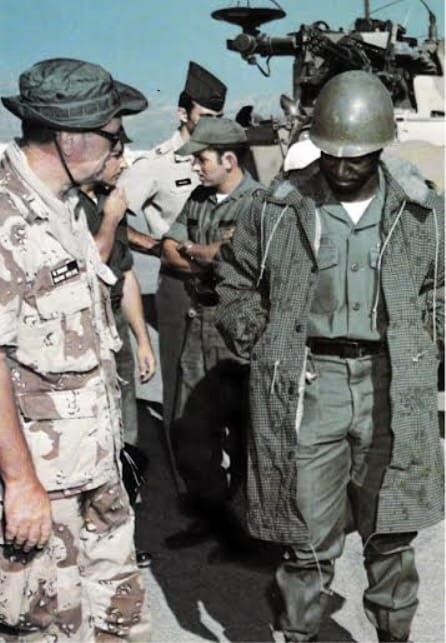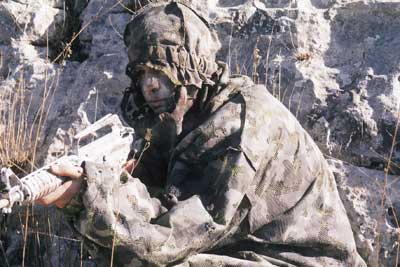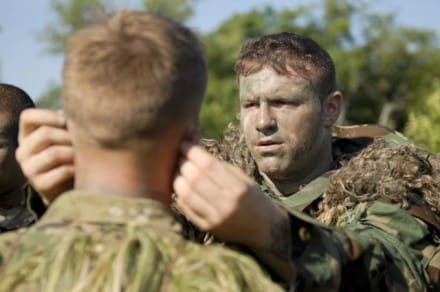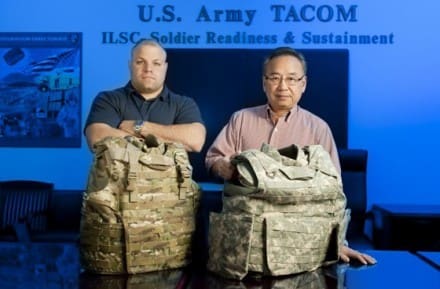The US Army Research Development Engineering Command, Natick Soldier Research, Development and Engineering Center (NSRDEC), Natick, MA, is conducting a Request for Information for Concept (White) Papers on Personal Augmentation Technologies for the Warfighter and Homeland Defender.
They are interested in technologies and concepts that provide improvements in strength, endurance and/or ergonomics while maintaining user safety and reducing muscular fatigue, physical injury, and soreness during various load carriage and various tasks, are of interest. Example load carriage tasks include heavy and repetitive lifting, load transport, and difficult load tasks in unique environments. Ease of use and integration with current and future user clothing and individual mission equipment are factors of interest. Long operating life from a reliable power source, and low cost are also factors of interest.
There are 4 specific personal augmentation technology types sought:
1. Agility – Lightweight, low-powered, quick reaction physiological assist device for dismounted users. Injury reduction, high mobility, and endurance are key focuses.
2. Support – Physiological assist device that helps wearer to conduct sustainment and logistics tasks including heavy supply lifting, loading, unloading, and transporting at a Forward Operating Base (FOB) or alike. Injury reduction, strength assist, and throughput/production augmentation are key focuses.
3. Extreme Support – Specialized physiological assist device designed for specific tasks in extreme environments. Able to interface with special tools to conduct specific tasks. Example users include wild land firefighters and urban search and rescue. Injury reduction, strength assist, and high mobility are key focuses.
4. Depot / Industrial – Specialized physiological assist device designed for specific tasks in unique depot environments. Able to interface with special tools to conduct specific tasks. Injury, stress, and fatigue reduction and throughput/production augmentation are key focuses.
Interested parties have until March 31 to submit white papers in accordance with NSRDEC Broad Agency Announcement (BAA) 11-13, under topic # C16- Future Warrior Technology Integration, which can be found at https://www3.natick.army.mil/. Proprietary information will not be shared outside of the Government.
Check out the solicitation on FBO.





















































































































